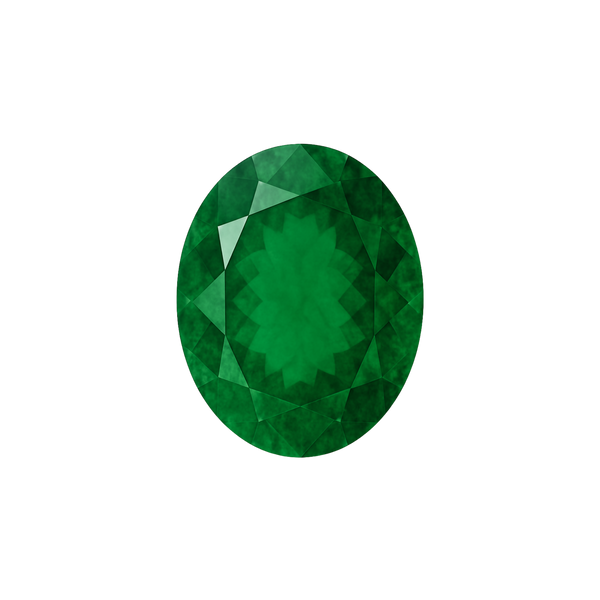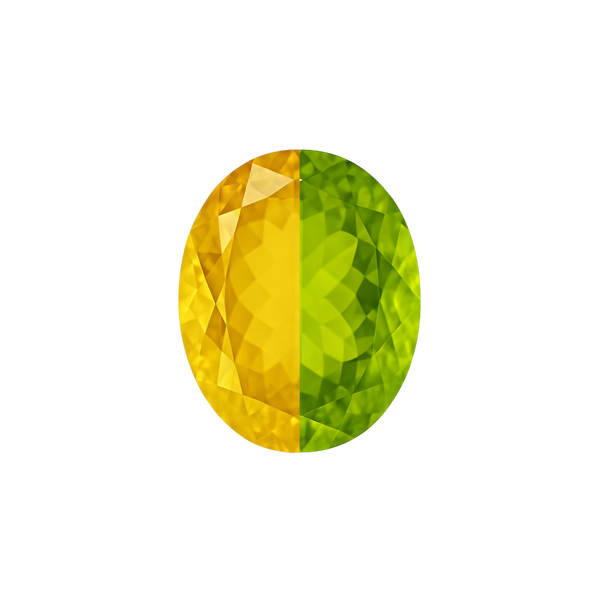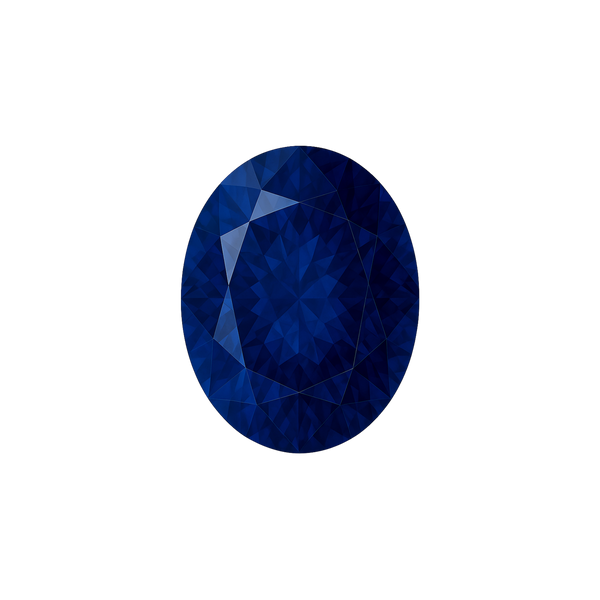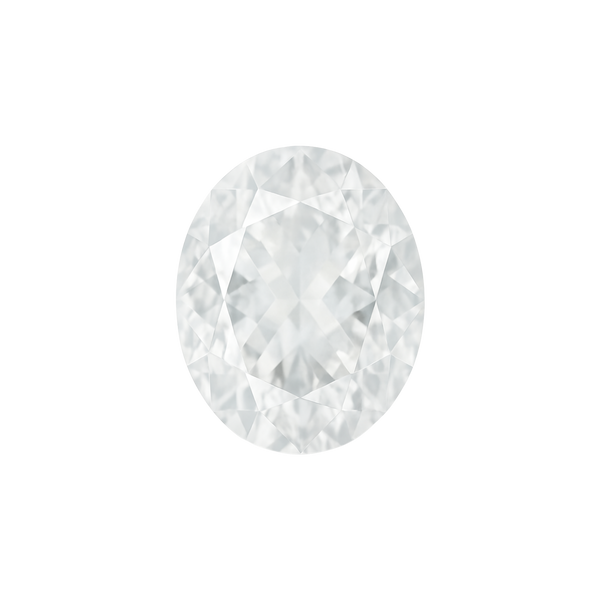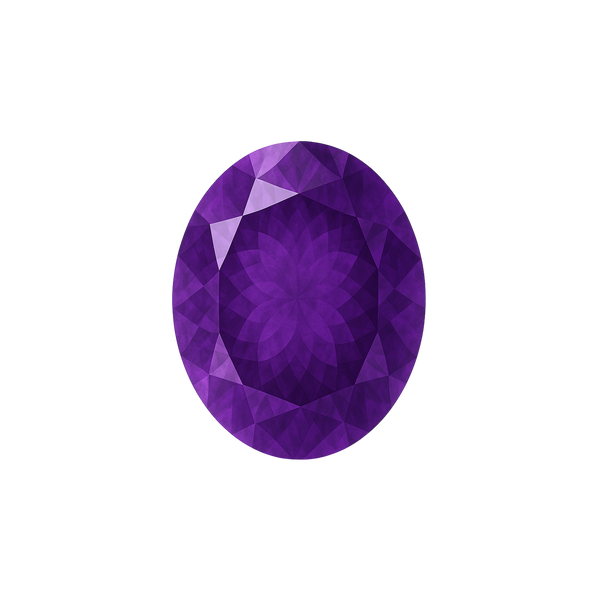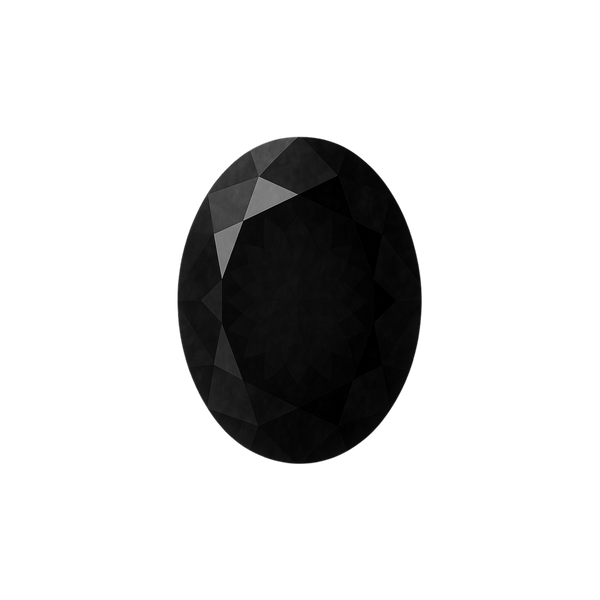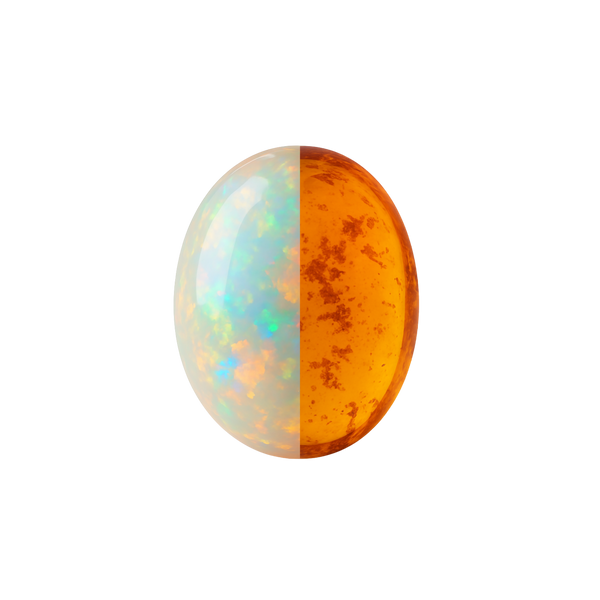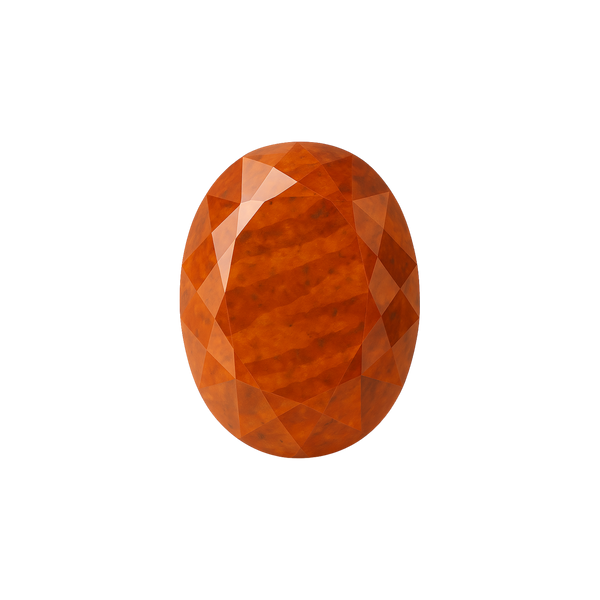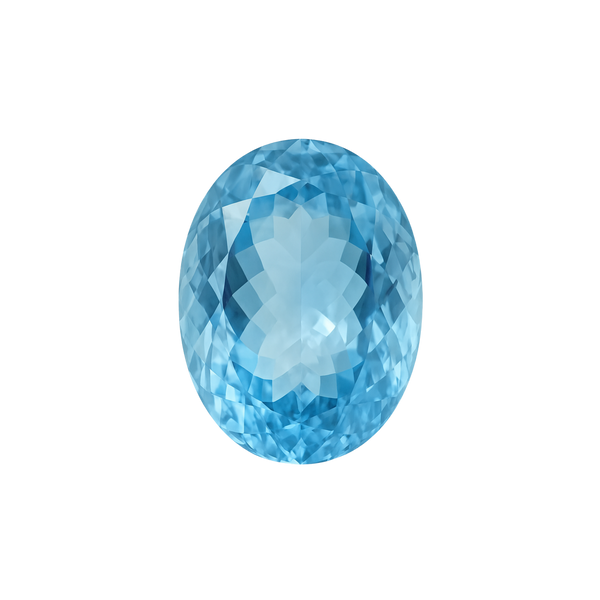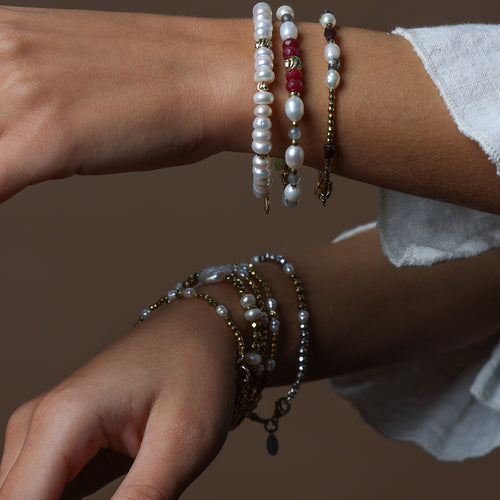The Hoshen Stones
Twelve Gems, Twelve Tribes
The Breastplate was a sacred part of the High Priest's attire
“And you shall fill it with a setting of stones, four rows of stones:The first row – a ruby, a topaz, and an emerald;The second row – a garnet, a sapphire, and a diamond;The third row – an opal, an agate, and an amethyst;And the fourth row – a beryl, an onyx, and a jasper.They shall be mounted in gold settings.”(Exodus 28:17–20)
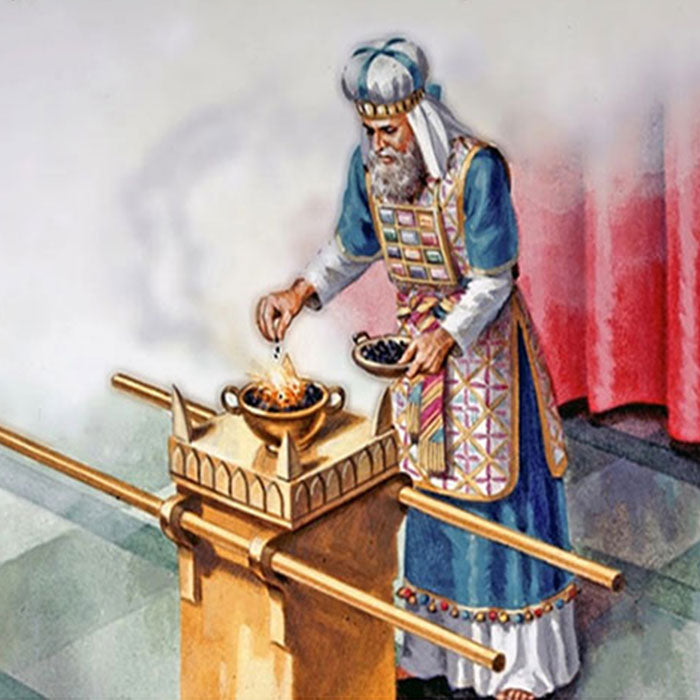
It featured 12 precious gemstones, each representing one of the 12 tribes of Israel, with the names of the tribes engraved on them.
The breastplate was made of fine fabric, woven with gold and other precious threads, and was worn by the High Priest during his service.
At the time the Torah was written, there were no images or precise definitions, so the identification of the stones relied on names, colors, descriptions, and traditions. As a result, there are considerable disagreements among commentators, scholars, and gemology experts.
From the various existing identifications, those presented here are based on classical Jewish sources – including the Talmud, Rashi, and Ramban – alongside modern gemological research. Each stone is accompanied by reliable information and traditional meaning, as well as carefully crafted jewelry inspired by it.
